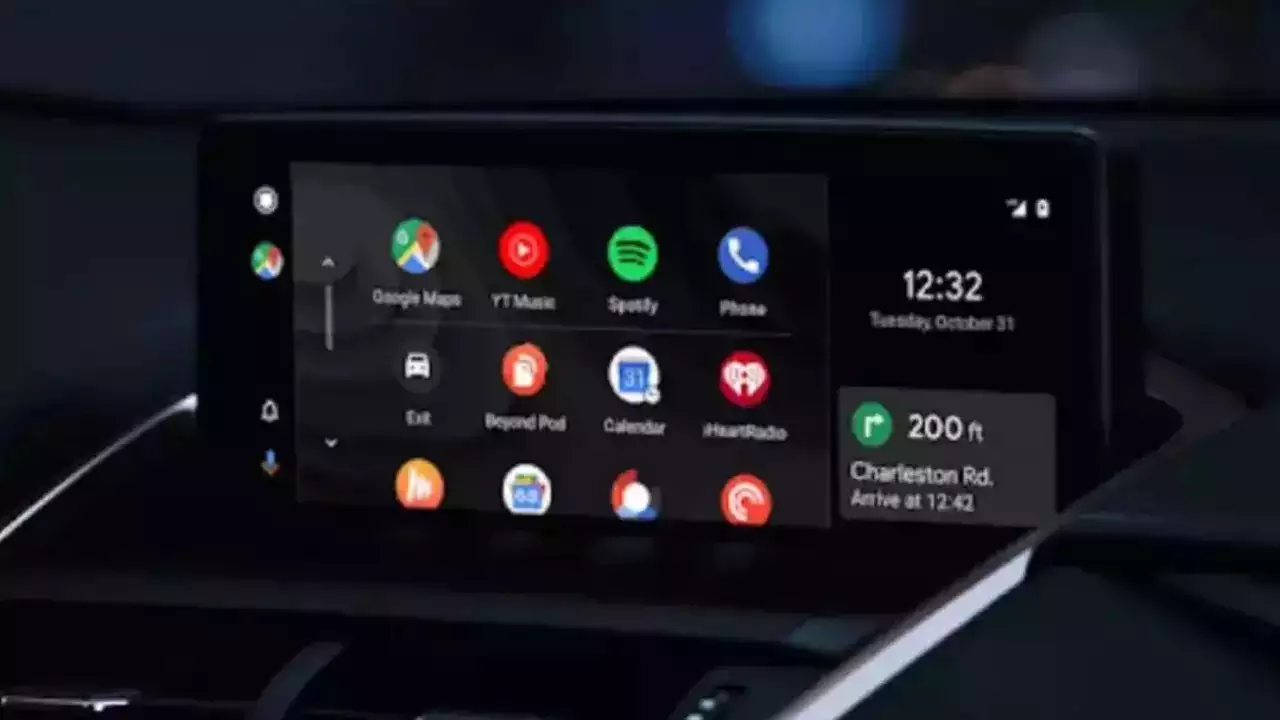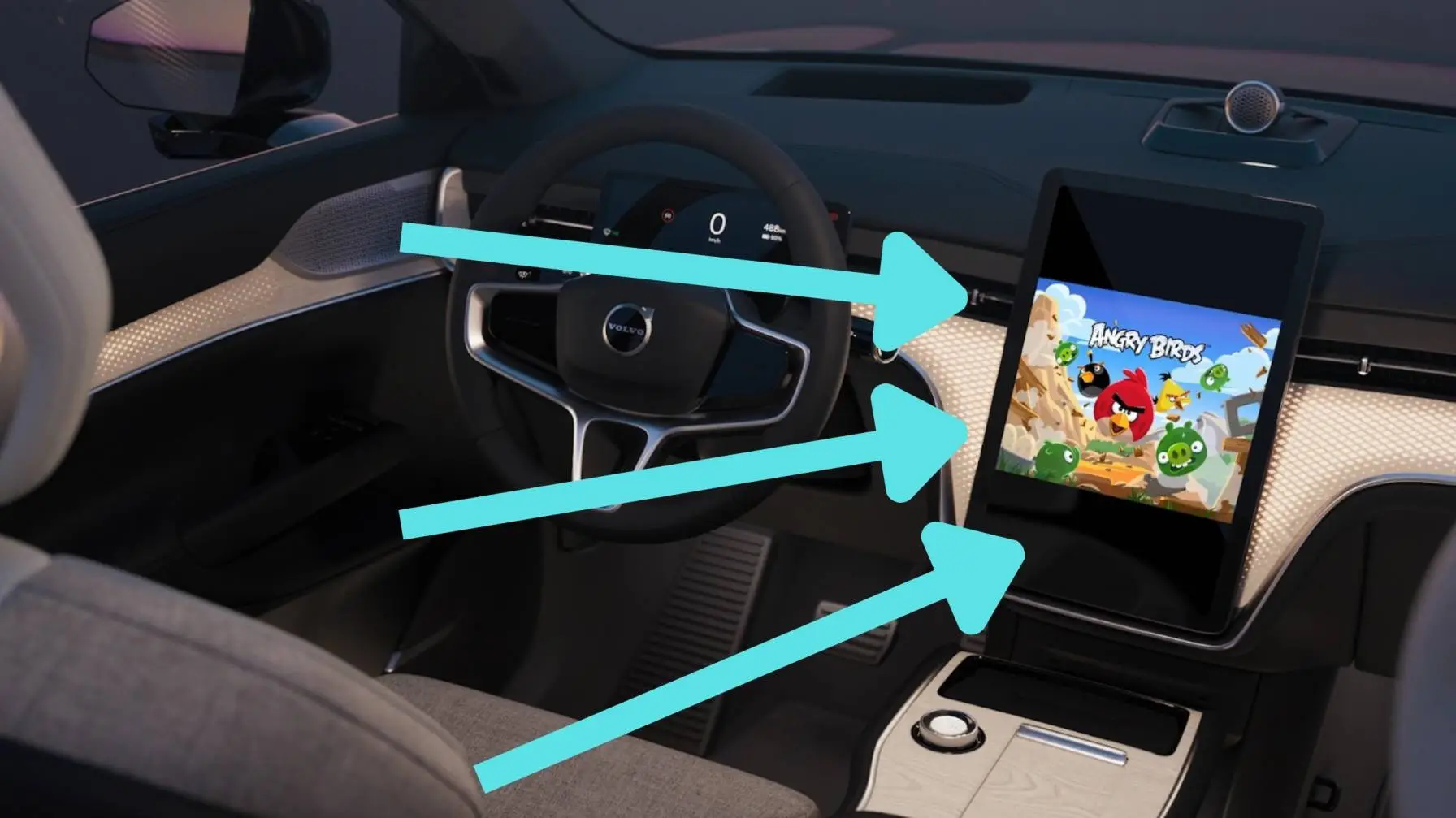
Exoskeletons, not cyborgs
Stanislav Yevgrafovich Petrov was an officer in the Soviet Air Defence Forces during the Cold War. In a particularly fraught period in the early 1980s, just three weeks without the Soviet military had shot lanugo a commercial flight operated by Korean Airlines, Petrov, vicarial as the duty officer at a nuclear early-warning facility, made a decision with staggering ramifications on geopolitical stability and, indeed, the welfare of mankind: Petrov deemed a warning of an impending nuclear missile wade by the United States to be a false alarm, and he dismissed it. Petrov’s visualization likely prevented the Soviet unwashed from launching what they would have deemed to be a retaliatory strike. The system warning was, indeed, erroneous; it was caused by an unexpected structuring of the sun with the high-altitude clouds that the Soviet satellites orbited. Petrov was ultimately demoted and suffered a nervous breakdown.
More recently, two developments have turned-on a newfound enthusiasm for digital razzmatazz automation:
- The success of streamlined razzmatazz products from Meta (Advantage ) and Google (PMax), which fully automate wayfarers optimization on behalf of advertisers (more preliminaries on these products in Google’s PMax, Meta’s Advantage , and the logic of total razzmatazz automation). Meta characterizes Advantage as strained intelligence (AI); I’d classify it as machine-learning-driven automation;
- The mass proliferation of Generative AI tools, built atop large language models (LLMs) like GPT-3 and text-to-image models like Stable Diffusion, has created an environment of total zillions of resources like razzmatazz creative and copy. Razzmatazz teams can produce these resources quickly, at a low cost, and with minimal human intervention.
It’s not challenging to envision how these two types of tools might be combined to produce a wholly-automated, end-to-end marketing function that requires very little human input or oversight. I described such a fully streamlined system in The five levels of digital marketing automation, in which I map four features of razzmatazz infrastructure — ad creative production, regulars testing and definition, wayfarers settings experimentation, and ROAS projection and reporting — to a nomenclature system for various degrees of automation. In my rubric, a Level 0 system is totally manually operated and a Level 4 system is not only fully and completely automated, but moreover entirely integrated. From the piece:
Full marketing automation includes all of the features of level 3, except that the connective tissue between each of the four functional buckets is well-constructed in such a way that all decisions and reactions are implemented automatically: campaigns are automatically created and tuned, creative concepts are automatically defined, produced, and deployed to campaigns; ROAS models and timelines are automatically calculated and used to retread wayfarers settings, etc. At this level, theoretically, no marketing team is needed vastitude the engineers and analysts that maintain the automation framework.

In the piece, I make the point that most razzmatazz teams that I had interacted with — the post was written in 2020 — were operating at Level 1. This is to say: most advertisers used some automation to squire with repetitive / low-leverage tasks, but the overall process supporting their work was mostly managed through transmission effort. On the benefits of Level 1 marketing automation, I wrote:
But the value of plane Level 1 marketing automation shouldn’t be discounted: when the tedious, transmission work required of most marketing managers is removed, those people are given the opportunity to be much increasingly tampering and strategic. Level 1 marketing automation is a laudable goal, and the robustness of Facebook’s and Google’s APIs makes it fairly straightforward to implement.
I still believe that most marketing teams operate at Level 1. The difference between the marketing environment today and the environment that existed in 2020 is that the ambition to unzip Level 4 marketing automation feels increasingly pronounced and commonplace now as a result of the tools identified whilom rhadamanthine widely misogynist at low cost*. A team can squint to Generate AI platforms, then squint to platform machinery like Advantage and PMax, and seem that achieving Level 4 automation is as straightforward as making a few API calls.
But like all forms of automation, reaching truly voluntary status with an razzmatazz system is deceptively complex, distant, and, for the vast majority of razzmatazz teams, utterly unnecessary. I believe this is the specimen for a few reasons:
- First: as sophisticated as the largest platforms may be, there are components of the digital razzmatazz supply uniting that no forerunner should be willing to entrust with them. The most obvious of these is creative production: streamlined razzmatazz systems will optimize ruthlessly versus advertiser-designated conversions, and without forerunner tenancy over trademark standards, platform-generated creative will quickly transmute to whatever imagery or stimulating delivers those outcomes most plentifully in the short term. Most advertisers should want to exert shielding tenancy of their trademark imagery, and therefore they cannot risk granting creative production tenancy to the same platforms that tenancy wayfarers wordage and spend, given the potentially-conflicting incentives. An razzmatazz system optimized solely for firsthand conversions and controlled entirely by the platform managing wayfarers spend likely converges virtually problematic ad creative for every advertiser. The fake mobile gaming ads miracle supports this hypothesis;
- Second: media spend represents a considerable expense for many digital advertisers — in some cases, the largest single expense line item. Real money is at stake with digital advertising, and advertisers should be reluctant to surrender tenancy of that spend to a system that could very well make mistakes. Some streamlined data products, like recommendation systems, have relatively contained downside risk; razzmatazz systems are fragile and comprised of many components, and an whet specimen or unforeseen feedback loop in an streamlined razzmatazz process could forfeit an forerunner an unacceptable sum of money;
- Third: from my experience, razzmatazz automation follows the Pareto rule, with 80% of the goody stuff derived from the first 20% of the effort of towers the machinery. Creating a fully streamlined razzmatazz system simply won’t be economical for the vast majority of advertisers. The most consequential step transpiration in efficiency with razzmatazz automation is the graduation from Level 0 to Level 1. My sense is that a very small percentage of digital advertisers — maybe a few dozen in total — spend unbearable money to justify the expense of implementing total, Level 4 razzmatazz automation, and that the vast majority of advertisers would wits very little commercial goody vastitude Level 2 automation.
Advertising and content automation is most productively utilized in the form of exoskeletons, not cyborgs: it’s often increasingly economical and efficient to build tools that unlock spare productivity from members of a team than to build tools that are designed to entirely replace them.
While I’m excited well-nigh the prospects of Generative AI for razzmatazz creative production, for reasons that I yacky in Abandoning intuition: using Generative AI for razzmatazz creative, I think it would be a mistake for advertisers to seek to entirely replace their creative production teams with Generative AI tools. Rather, my sense is that forerunner teams are weightier served by utilizing Generative AI as an exoskeleton: a device that allows the creative team to experiment increasingly rapidly, or increasingly dramatically than they otherwise could with their existing support infrastructure, while still retaining creative and thematic oversight on the finished product.
And the same can be said for tools that automate upkeep typecasting and spend, given the uncontrived contribution of ad spend to revenue for uncontrived response advertisers. Any component of an razzmatazz system would be difficult to fully automate independently; integrating those components into an entirely streamlined system is not only onerous and expensive, but it presents a risk that should be intolerable to most advertisers.
And while these systems will surely progress over time, the pursuit of totally voluntary technology — wideness any use specimen — is redolent of the Philip K. Dick short story, The Indefatigable Frog. In the story, a physics teacher attempts to disprove Zeno’s Dichotomy paradox, which states that sequentially wearing a loftiness in half will prevent the unshortened loftiness from overly stuff traversed, and he devises an experiment that ends disastrously. Each progressive step forward from the here of streamlined razzmatazz towards a Level 4 system might be smaller than the last and may flirt with similarly disastrous consequences. While the stakes are lower in towers streamlined razzmatazz systems than in towers streamlined nuclear wade defense systems, the world is grateful that Stanislav Petrov’s judgment could supersede the output of his computer.
*Advantage has unquestionably existed since 2020, which is when Meta — then, Facebook — introduced its Streamlined App Ads, or AAA, wayfarers strategy. AAA was expanded to include web-destination ads in 2022 and re-branded as Advantage .
.

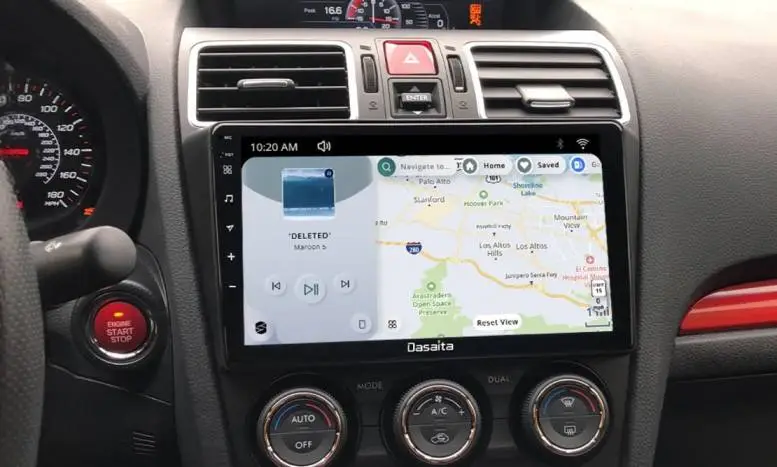

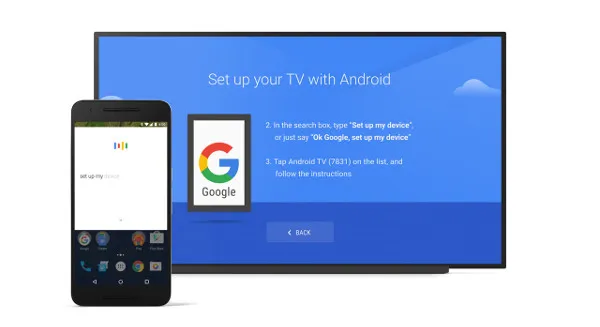
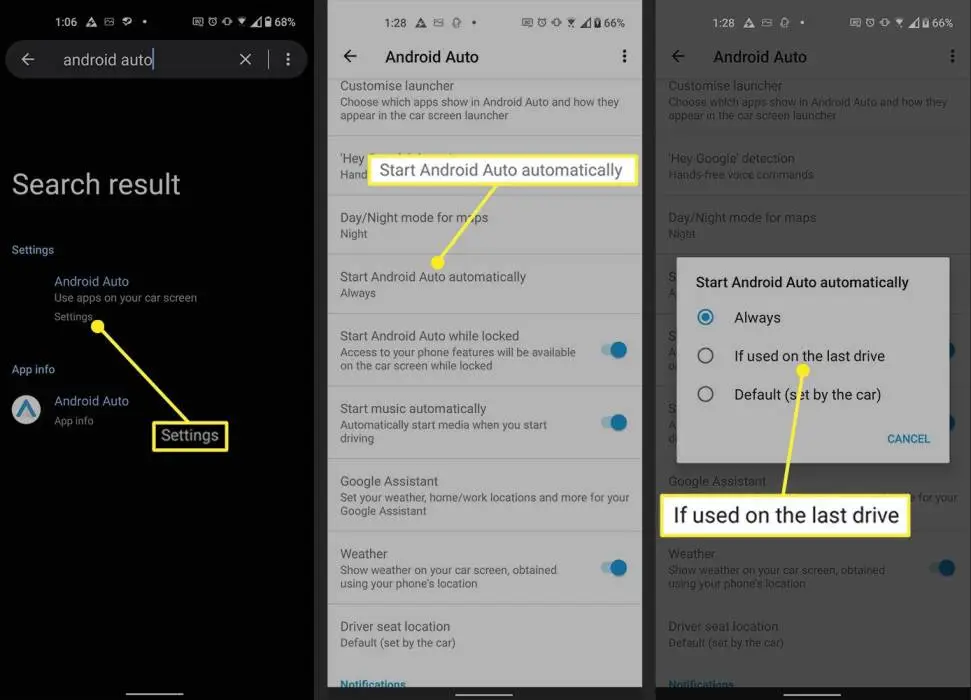
![How I Ditched Google Photos and Took My Backups Back [Video]](/featured/2024/07/ditched-Google-Photos.webp)

